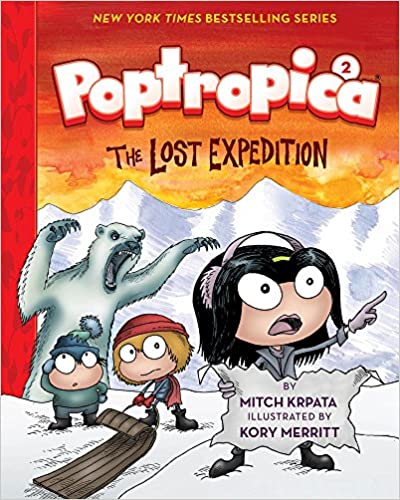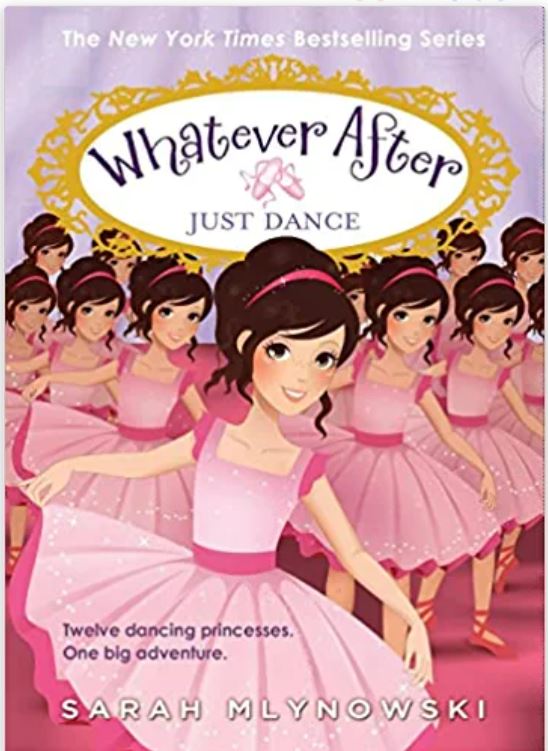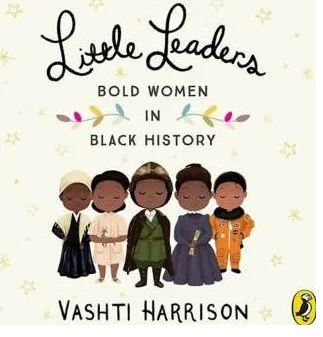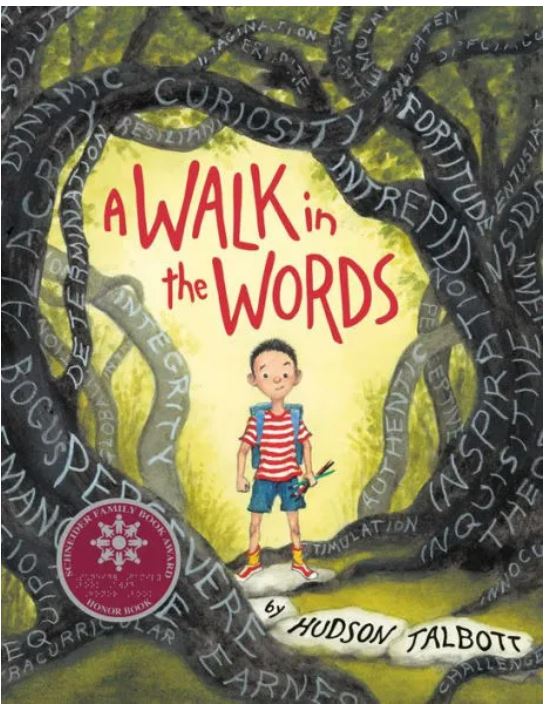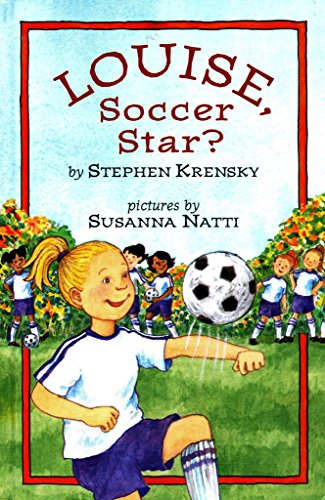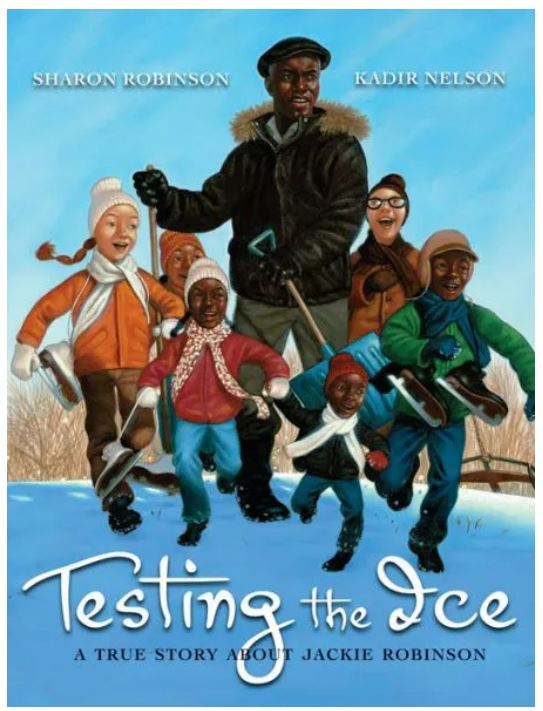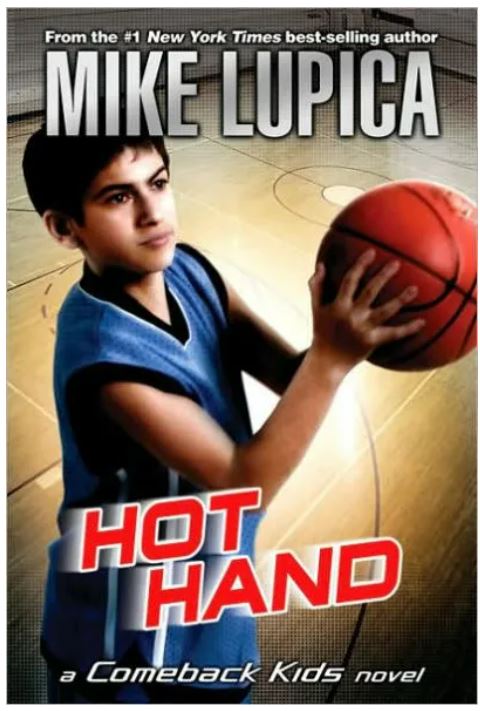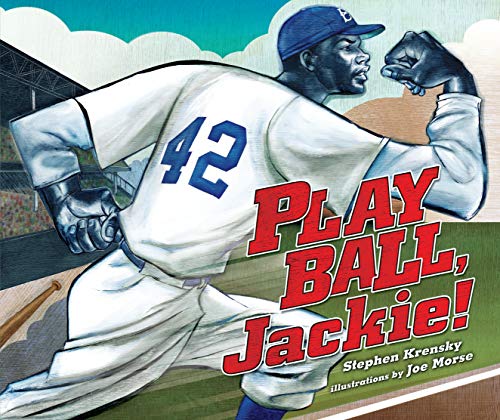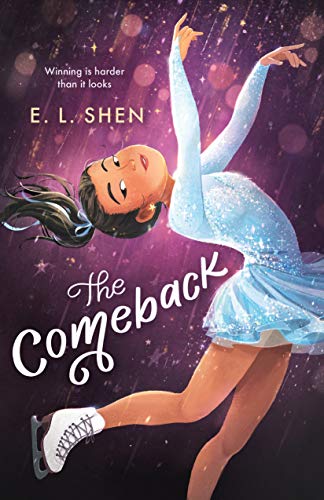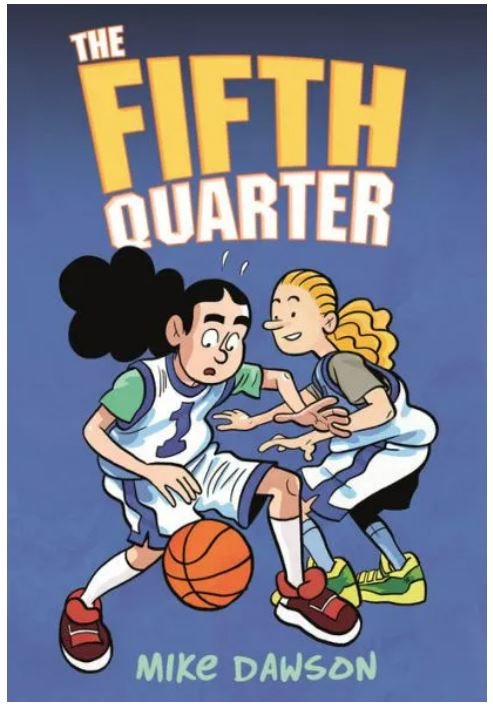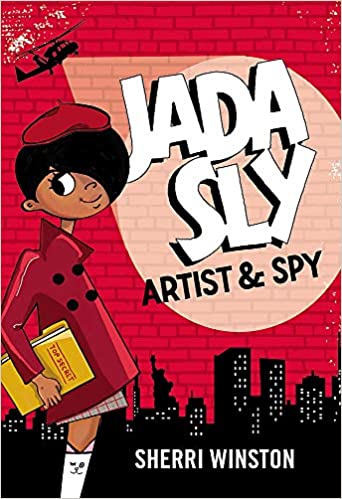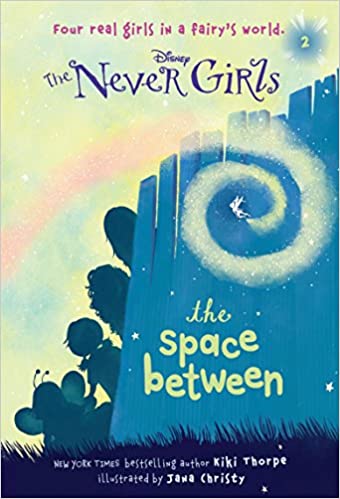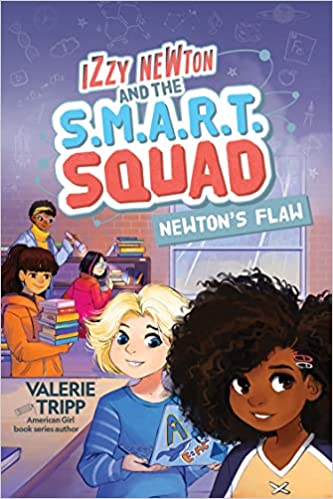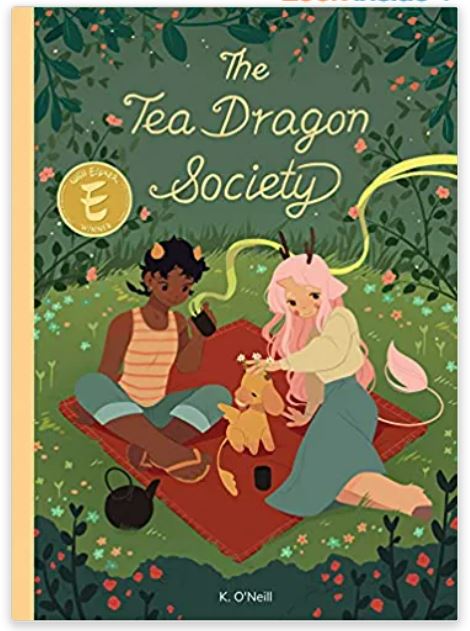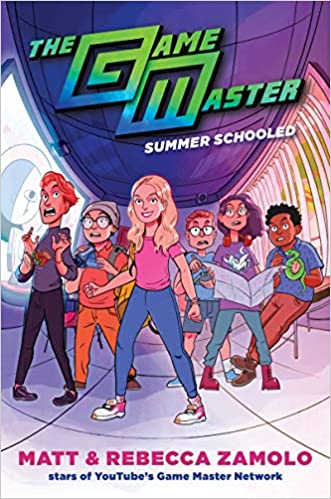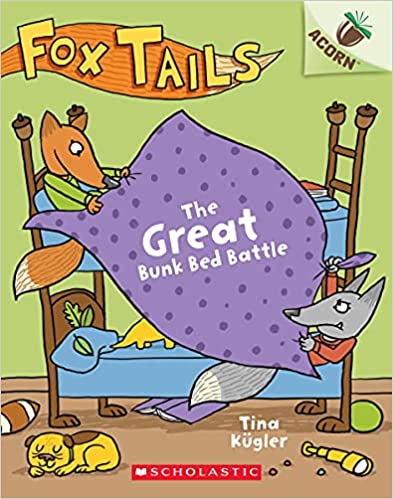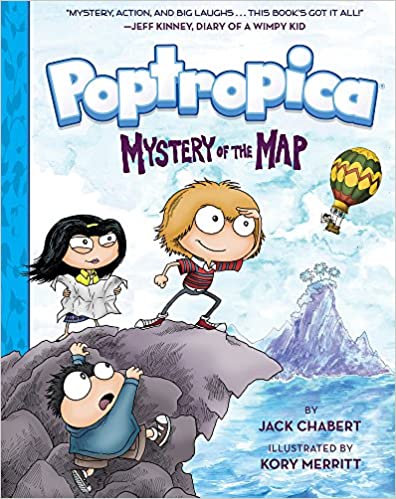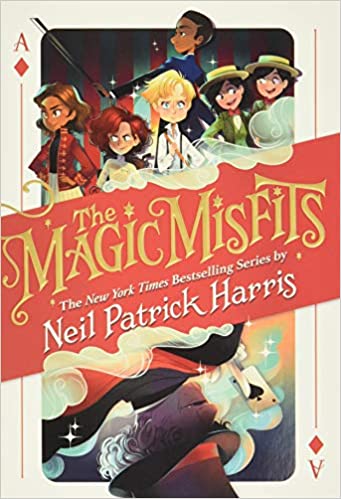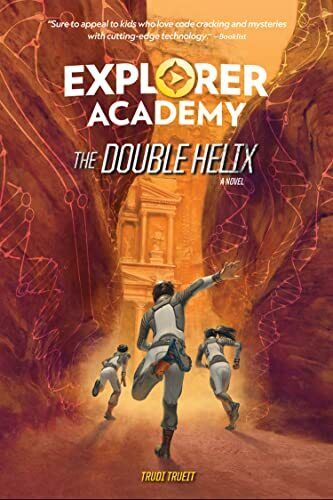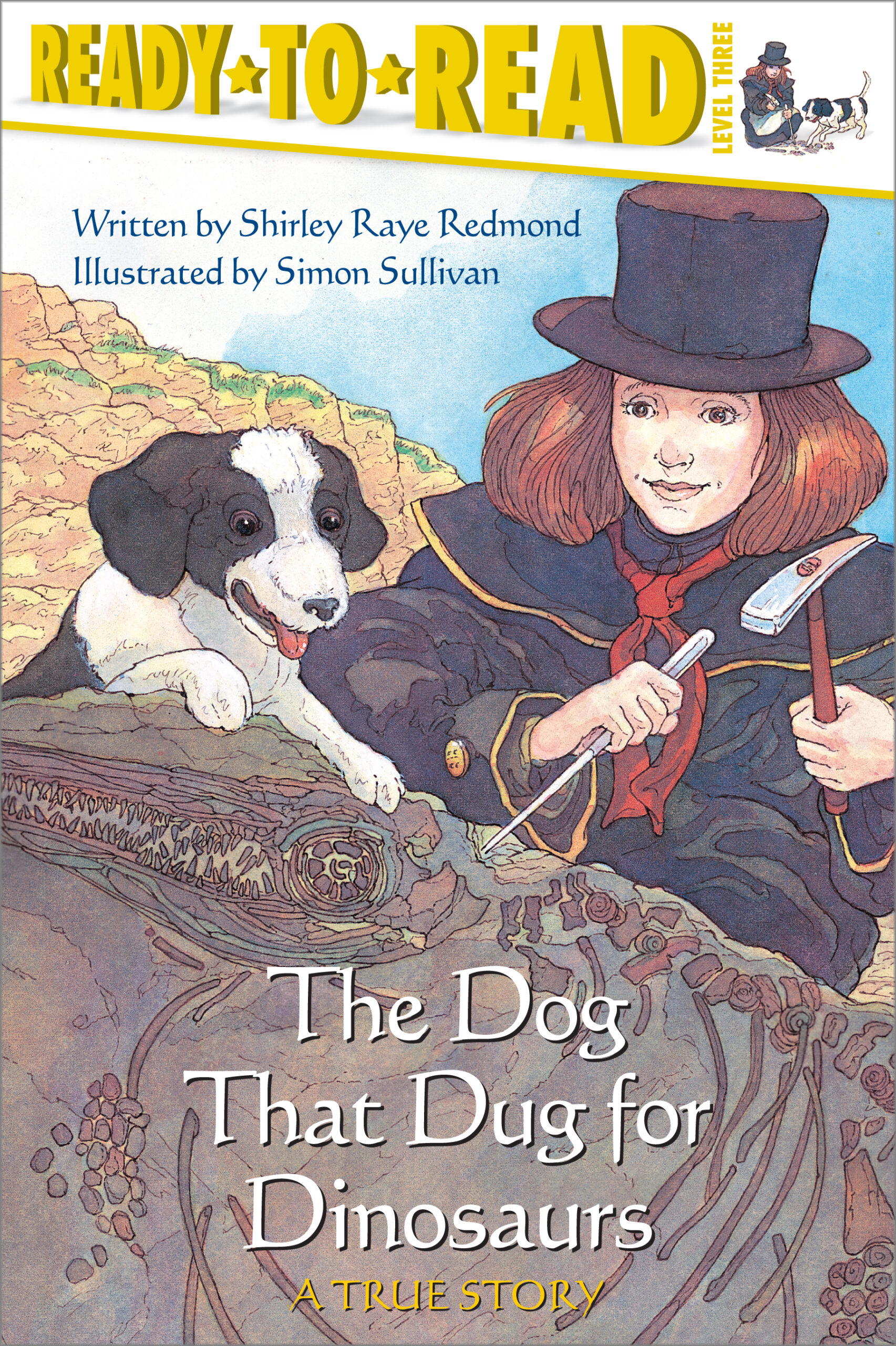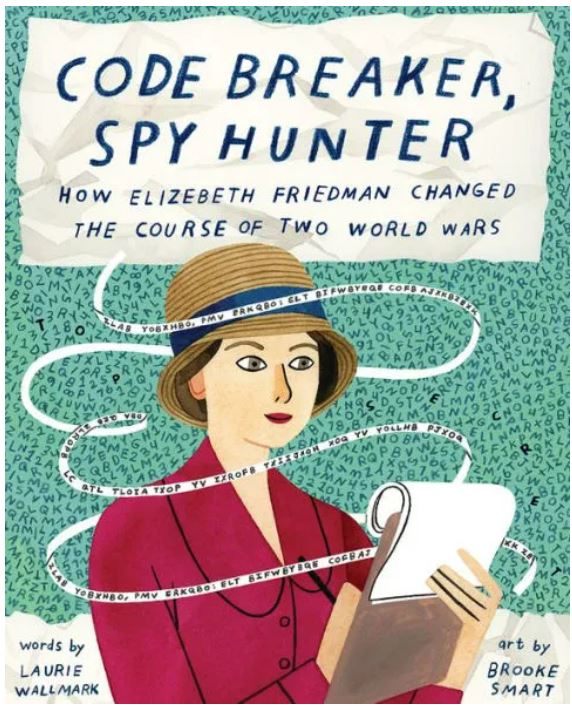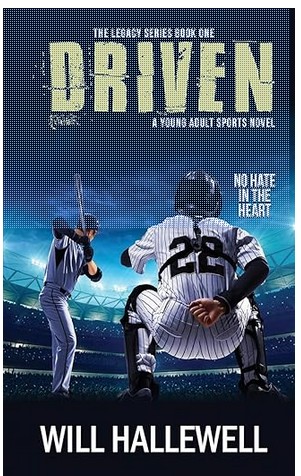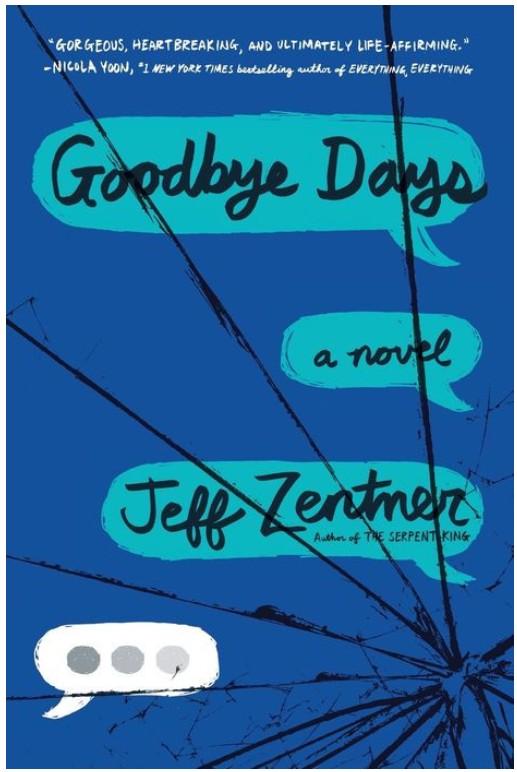In book two, The Lost Expedition, Oliver, Mya, and Jorge continue their search for home, with a few hilarious stops along the way. As the friends set sail for new sights, they find that Octavian is still hot on their trail, and he’s determined to get his hands on their magical map. To make matters worse, a mysterious organization is keen on expelling the three friends from Poptropica. As the pals travel, they find that each island is filled with its own unique brand of peril, and the mystery surrounding the map and Poptropica itself begins to unfold. Will our trio be able to outfox Octavian and discover the identity of this secret society?
On this adventure, the kids meet Amazon warriors, have a brief encounter with Shakespeare, and eventually end up on a frozen island. Even though the kids meet some historical figures, the interactions are so short that there are no historical facts about the people or places. Mya, Oliver, and Jorge end up on the HMS Terror, a warship that disappeared in 1813. However, most readers will not make the connection between the shipwreck in the book and the historical warship. While there is no educational value, readers will enjoy the sense of adventure, the nonstop action, and the comical fights. The angry polar bear that reappears several times also adds some fun.
Each page has brightly colored illustrations that use fun elements such as onomatopoeia—Krash! Smash! Krak!—as well as comical characters with oversized eyes. The illustrations clearly show the characters varying emotions such as annoyance, fear, and confusion. Some of the pages let the illustrations tell the story without text. Other pages contain up to nine sentences that use easy-to-understand vocabulary. However, most of the sentences are super short, which makes the book accessible to reluctant readers.
The Lost Expedition is visually appealing and will entertain readers because there is never a dull moment. Unlike the first installment of the series, The Lost Expedition’s plot is more complex, and the conclusion is slightly confusing. Despite this, readers will love the interplay between Mya, Oliver, and Jorge. The suspenseful conclusion will leave readers looking forward to the next book in the series, The Secret Society. Readers who find the frozen shipwreck in The Lost Expedition interesting may also want to read Ice Wreck by Lucille Recht Penner. However, if you’re looking for some more silly shenanigans, check out the Bird & Squirrel Series by James Burks.
Sexual Content
- None
Violence
- Octavian gags a woman and ties her to a tree.
- A group of Amazon warriors throws spears at the kids. The kids safely run away.
- Octavian and an unnamed man get into a fight. Octavian kicks the man in the face and then throws him off a roof. The man falls in a cart full of straw.
- As the kids try to escape from Octavian, they fall off a building and land on Shakespeare. When the kids get to their boat, someone throws a morning star at them. The boat begins taking on water.
- Several times, a polar bear chases the kids.
- A woman tries to kill the kids by trying to shove them into the icy ocean. Mya whacks the woman in the head with an oar. The ice eventually cracks, but everyone gets out of the water alive.
Drugs and Alcohol
- None
Language
- Both the adults and the kids call people names such as creep, pig, cuckoo, jerk, and doof.
Supernatural
- The kids have a magical map.
- A time machine appears and nabs the kids.
Spiritual Content
- None
